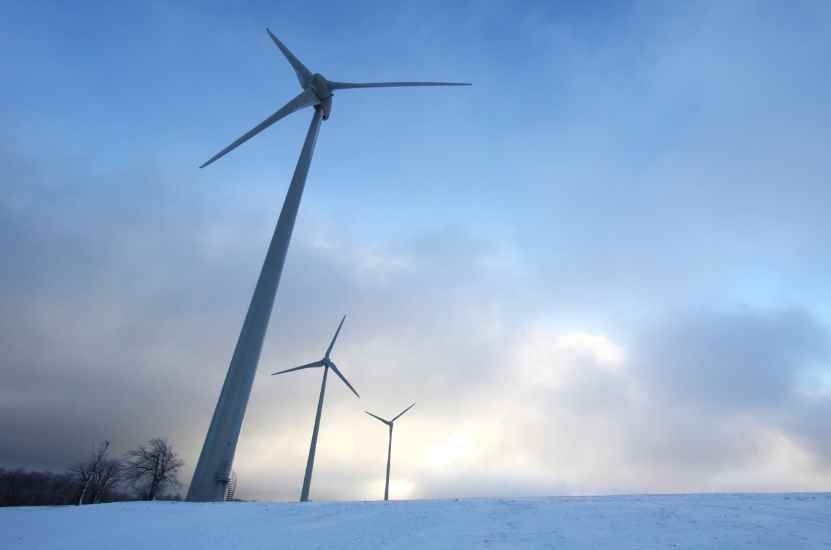In Poland also can be found cave art
Contrary to popular belief – Poland is not devoid of rock art. These are not discoveries on the scale of the spectacular depictions from the Lascaux cave. However, ancient images carved on rocks are known, the researchers report on the "Rock Art Research".
The researchers had long thought that Poland (like the Netherlands) was the only European country basically devoid of cave art. Maciej Grzelczyk of the Institute of Religious Studies at the Jagiellonian University in Krakow, Krzysztof Rak of the Institute of Archeology at the Jagiellonian University in Krakow and Michal Jakubczak of the Institute of Archeology and Ethnology of the Polish Academy of Sciences in Warsaw have undertaken, for the first time, to collect all the information on the subject in one publication.
– It was wrongly believed that there is no cave art in Poland. After all, wherever there are gory or rocky outcrops, local residents left traces of their existence, zarowno on rock walls or in caves,” Grzelczyk told PAP. The archaeologist added that although Poland is poor in this type of finds, it is not sterile. At the same time, he expressed the hope that the just-published article will give an impetus to a fresh look at the issue – not so much a search for new sites, but an analysis of those known so far.
The authors in the publication from "Rock Art Research" remind that the oldest confirmed signs on Polish soil left on rocks by people come from the prehistoric striped flint mine in Krzemionki (woj. Świętokrzyskie). Mines were exploited there during the Neolithic and Early Bronze Age (ca. 3900-1600 years p.n.e.). Archaeologists in the interwar period came across in dwoch underground chambers for pictographs, ktore created as a result of deliberate wiping of soot probably left by a torch. According to the researchers, there were images of imprints on themoin stop and dagger. Unfortunately, they have not survived to our timeow, because the local community destroyed them as a result of illegal extraction of limestone.
RoThe Krzemionki mine is also the source of the art discovered in the Tatra MountainsoA depiction considered by some researchers to be that of a mother goddess. Currently, this is the logotype of the Museum in Krzemionki.
From a village in southeastern Poland – Kontrewers (woj. Świętokrzyskie) comes from, in turn, a representation of dw carved on stoneoch people – perhaps a man and a woman, or a deviloin, because both figures have clearly outlined horns. Under the feet of the female figure can be seen the shape of the połk moon, and both seem to play flutes. Unfortunately, scientists are unable to estimate their age.
The authors of the publication emphasize that the most representations of cave art in Poland come from the area of the Tatra Mountains. However, all indications are that they come from the time ofow historical – in total, more than 50 sites from the roThe authors emphasize that Poland is not devoid of rock art. The oldest dates back to the 16th century. It is believed that these are signs left by shepherds, gornikoin and so-called. treasure huntersoin the 16th-18th centuries. These are mainly geometric signs – circles, intersecting lines, arrows, signatures of their tworcoIn Poland, you can also find cave art. Most of them are found in the Koscieliska Valley.
The images on the rock are also known from Wilkowice from the so-called “The Rock”. Witches’ Rocks (woj. Silesian). Visible on it are m.in. representations of the circle and dwoch of crosses made, according to the authoroin the article – certainly with the help of metal tools. In their view, the crosses were carved by Protestants during the Counter-Reformation (probably in the 17th w.), when they celebrated masses in the so-called. forest churches. – In our opinion, it is worth considering the possibility that the crosses were carved on earlier, perhaps prehistoric symbols, the researchers suggest in the journal.
Pictured are paintings from the Lascaux cave.
Sourceosource: PAP – Science in Poland, photo. CC BY 2.0/Pline/Wikimedia Commons


